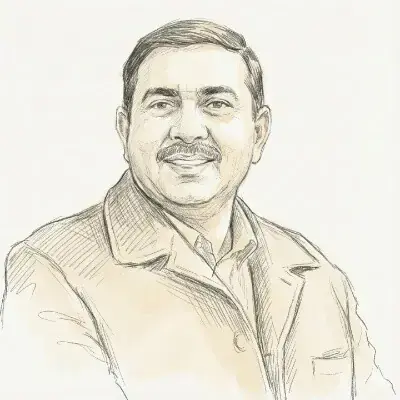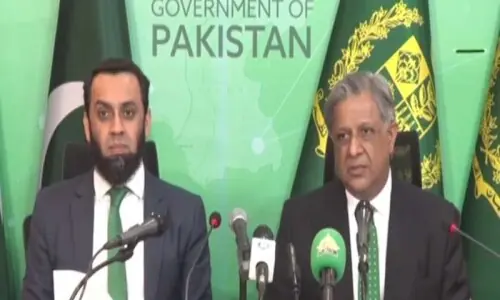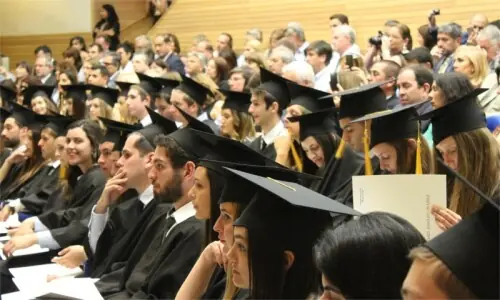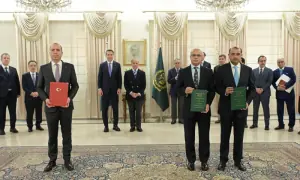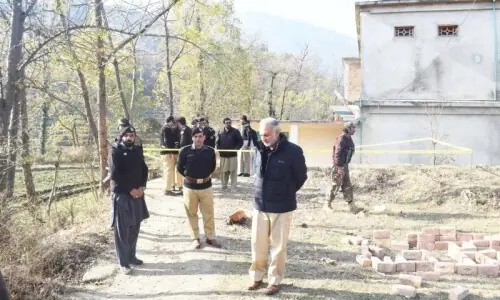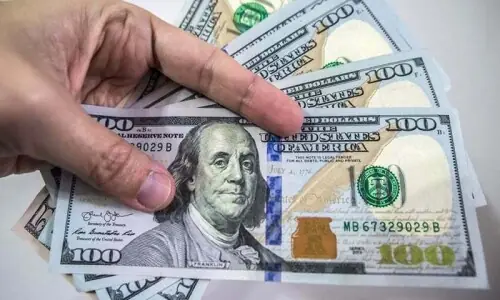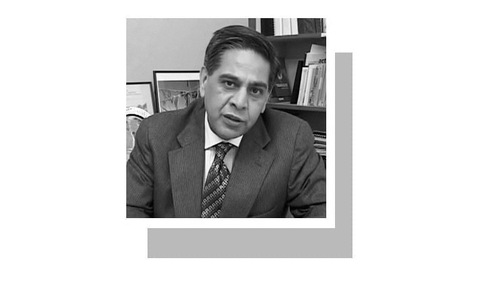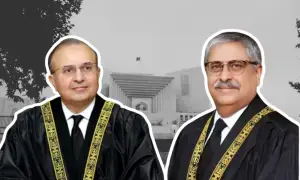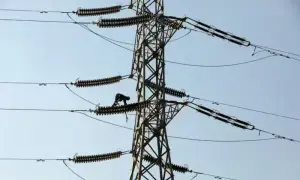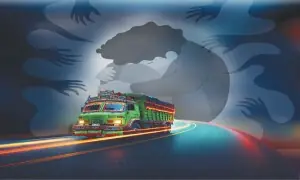The Bhamala Buddhist Archaeology Complex sits close to Khanpur Dam at the head of the Haro Valley, marked by riverbends and hills, dotted with prehistoric caves.
The stupa and monastery there date back to the 2nd century CE. They are uniquely significant in the Gandhara civilisation, the largest surviving example of a particular cross-like stupa that resembles the Aztec pyramids and more recently, the site of the discovery of the world’s oldest ‘Maha Pari Nirvana’ statue which depicts the death of Buddha.
The statue, which was discovered in 2016, is 1,700 years old and 48 feet long. It was found alongside a double-halo Buddha statue, the first of its kind to be found in the history of the Buddhist civilisation in Pakistan.
Noted for its unique architectural style, the Bhamala complex is said to belong to the 2nd to 5th century CE.
According to archaeologists, the stupa was mounded on spiritual sites that usually contain Buddhist relics.
“The main stupa of Bhamala is unique, with a cruciform plan consisting of a tall square base for the dome above which offset projections for the steps can be seen on all four sides. The Corinthian pilasters divide the plinth into bays,” explained Abdul Nasir Khan, the curator of the Taxila Museum just 25 kilometres away.
Mr Khan said the stupa resembles the Aztec pyramids, and this kind of construction has only previously been found in Kashmir. In addition to the main stupa, there are around 19 small votive stupas in the surrounding courtyard, constructed with the diaper masonry technique.

Buddhism flourished in what is now Pakistan some 2,300 years ago, after it took route under Mauryan emperor Ashoka in Takashila (now Taxila), explained former director of the Taxila Institute of Asian Civilisations at Quaid-i-Azam University Prof Dr Mohammad Ashraf Khan.
The region was once a major centre of the Buddhist civilisation, and left behind an abundant archaeological legacy of art and architecture, he said.
Gandhara art is credited with creating the first carved image of Buddha in human form, most of which are still intact at monasteries and stupas such as Bhamala, former Taxila Museum curator Abdul Ghafour Lone said.

He said the discovery of the 3rd century Dying Buddha statue at Bhamala a few years ago indicates that a lot of the monastic complexes exposed by the Archaeological Survey of India under the British do not present a complete picture of Buddhist art and its evolution.
These discoveries were brought to light by the Khyber Pakhtunkhwa Department of Archaeology and Museums, which confirmed many hidden links in the evolution of Buddhist art in Taxila, Gandhara and Swat.
The director general of this department, Dr Abdul Samad, led the team that excavated the statue. He said the Bhamala complex has revealed a wealth of history and treasure, and the recent discoveries have opened a new chapter in the history of the ancient Taxila Valley civilisation.

This is one of a few sites around the world to have a cruciform stupa, which were reserved for Buddha himself, he said, adding that the Maha Pari Nirvana statue measures 14 metres in length, making it the largest ever statue of its kind found in the archaeological history of the greater Gandhara civilisation.
A carnelian seal, depicting what appears to be the Gaja Lakshmi diety — one of the forms of the Hindu goddess Ashta Lakshmi, the double-halo statue, more than 500 Buddhism-related objects including fragments of terracotta tiles and stucco Buddha statues, 14 coins dating back to the Kidara-Kushan period, iron objects such as nails, hooks, door fittings, hair clips and copper artefacts were also discovered, he said, which proves that the site was not isolated from the main Taxila valley.
Published in Dawn, February 3rd, 2019


